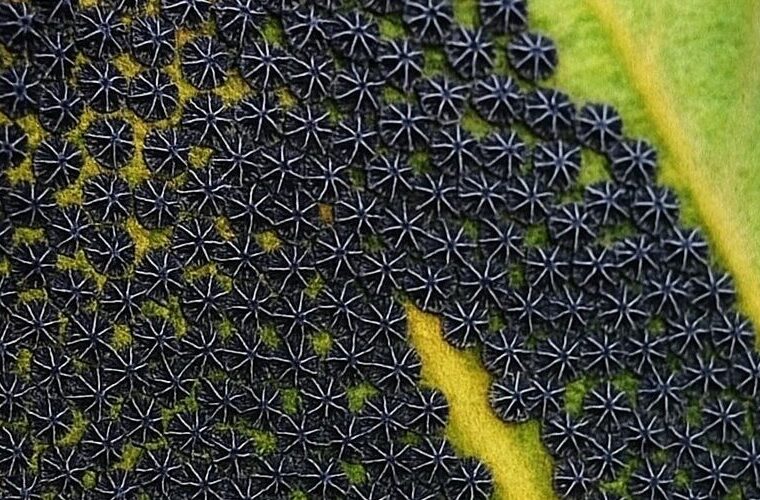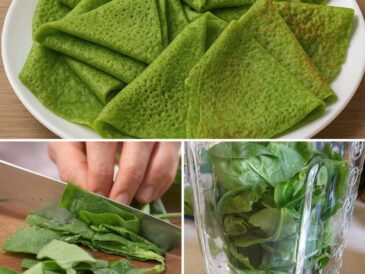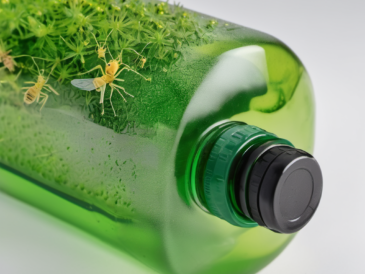What You SHOULD Do If You See Stink Bug Eggs:
- Scrape Them Off: The most common and effective method for small infestations.
- Wear gardening gloves to protect your hands.
- Use a stick, a piece of cardboard, an old credit card, or a dull knife to gently scrape the entire cluster of eggs off the leaf.
- Ensure they fall into a bucket of soapy water. The soap breaks the surface tension, causing the eggs to sink and drown. Do not just drop them on the ground, as they may still hatch.
- Prune Infested Leaves: If only a few leaves are affected, carefully snip off the entire leaf containing the egg cluster. Again, immediately place the removed leaf in a bucket of soapy water.
- Vacuum Them Up (for larger infestations or adults): For larger numbers of eggs, nymphs, or adults, a handheld vacuum cleaner can be effective. Use a dedicated “bug vacuum” or a regular vacuum with a disposable bag that can be sealed and discarded immediately after use. This avoids crushing them and releasing the odor.
- Introduce Natural Predators: Encourage beneficial insects that prey on stink bugs and their eggs. These include:
- Parasitic Wasps: Tiny wasps (like Trissolcus japonicus, the Samurai wasp) lay their eggs inside stink bug eggs, preventing them from hatching.
- Predatory Insects: Ladybugs, lacewings, and assassin bugs may also feed on stink bug eggs and nymphs.
- Birds: Some bird species will feed on stink bugs.
- Maintain Garden Hygiene: Keep your garden free of weeds and debris, which can provide shelter for stink bugs.
- Consider Row Covers: For susceptible crops, using fine mesh row covers can physically prevent stink bugs from accessing and laying eggs on your plants.
By promptly identifying and properly removing stink bug eggs, you can significantly reduce future infestations and protect your plants from the damage these pervasive pests can inflict. Always prioritize safe and environmentally friendly methods to maintain a healthy garden ecosystem.
Pages: 1 2




